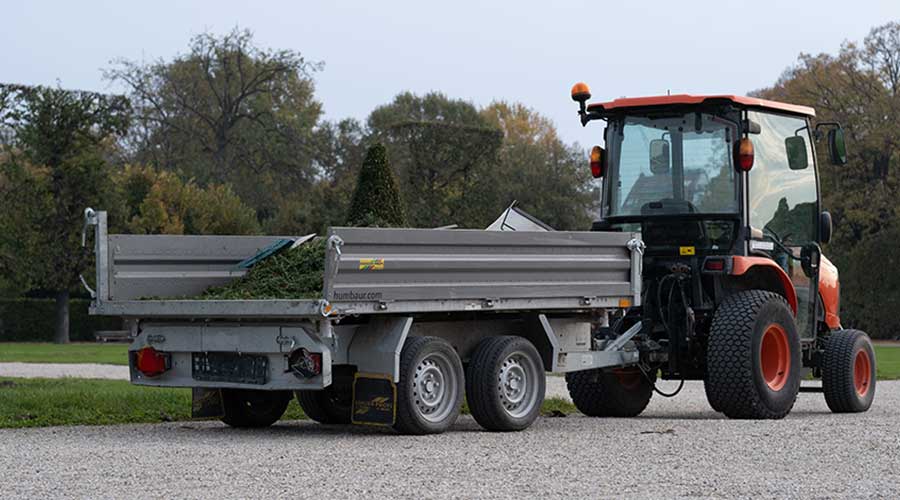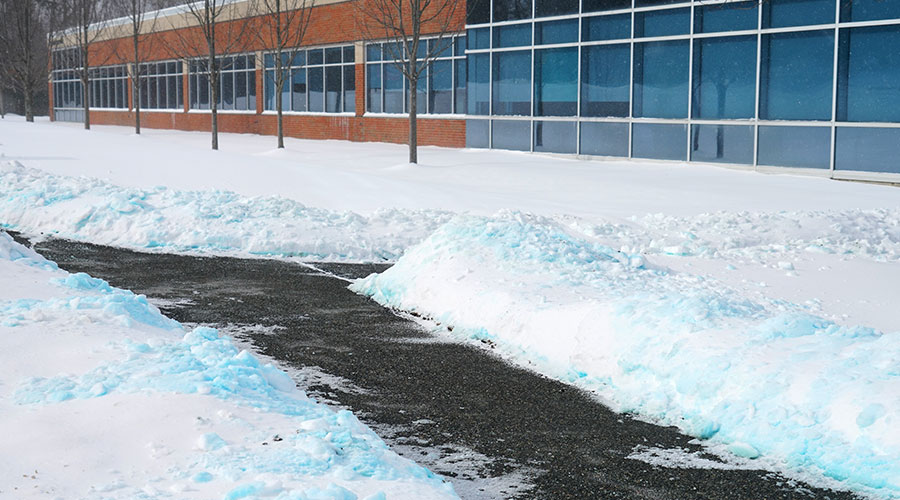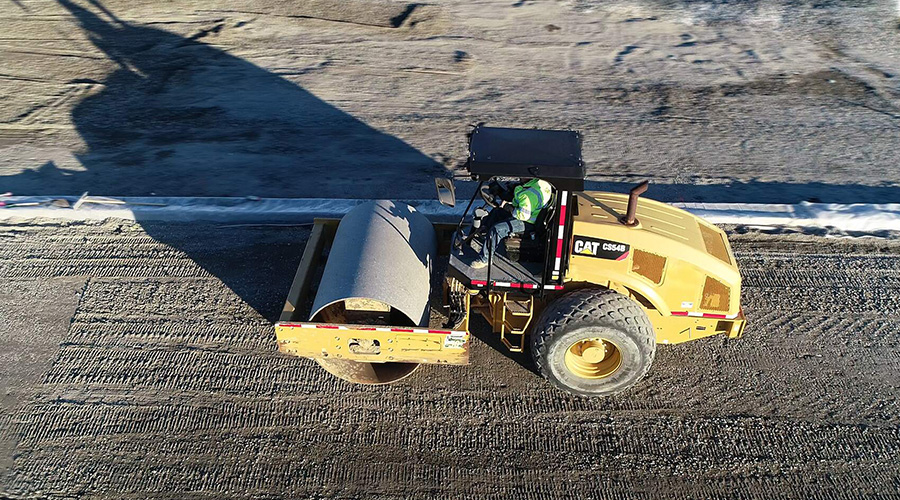Snow and Ice Management: Pretreatment Makes Crews More Productive
Warm and sunny weather has only just arrived, so why discuss snow and ice management now? If this past winter offers any barometer of the winter to come, grounds managers would be wise to prepare now for the arrival of snow and ice and the challenges they create.
Last winter, the frequent snow and ice storms became daunting. The daily tasks of hauling snow, clearing ice, managing parking lots, and ensuring walkway safety were enough to fatigue even a well-equipped department.
To make clearing snow and ice easier for grounds crews, managers more often pre-treat sidewalks and other paved surfaces with anti-icing products. These products help keep exterior surfaces clear and safe for vehicle and pedestrian traffic. With a better understanding of the evolution of these products, managers can develop a more successful game plan to prepare with confidence for the coming winter season.
Changes Afoot
Professionals involved in snow and ice management have begun to move away from using exclusively granular materials and in many cases have adopted liquid anti-icing materials as the product of choice. Why? As a pre-treatment on roadways, parking lots, and walkways, anti-icing products tend to perform better in preventing snow and ice from bonding to paved surfaces.
Liquid anti-icing products coat the surface of roads and parking lots. Once precipitation starts, the melting process begins. The primary objective of these chemicals is to keep snow and ice from bonding to the pavement, which provides better traction for automobiles and allows for easier removal of snow and ice down to the paved surface.
Salt, also know as sodium chloride (NaCl), is the most common and inexpensive deicer and has been the industry standard for almost a century. Unfortunately, NaCl as a deicing agent can harm the environment, including landscaped areas near pathways and parking lots, and it can cause erosion.
Today, it is common for crews to wet NaCl with a liquid agent to increase its effectiveness and reduce the amount needed. Converting rock salt to brine also is more common. Crews should never use NaCl products around electrical boxes, structural materials or anywhere safety is a priority because of the corrosion it can create.
Related Topics:













